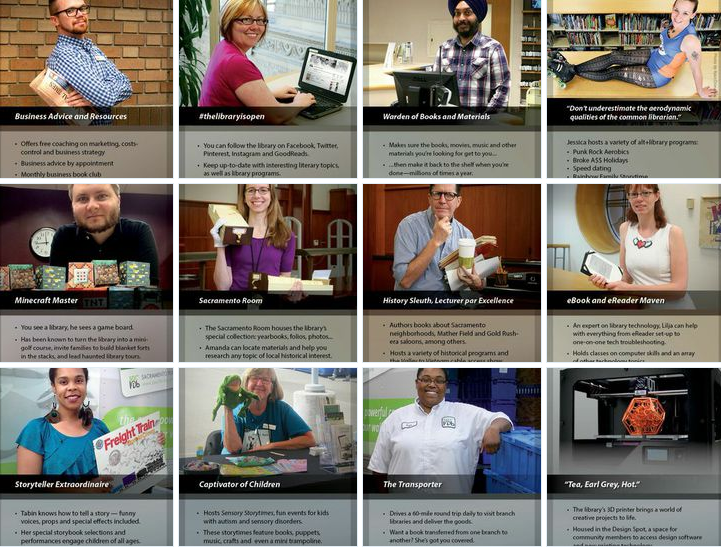By Nick Schultz
I’m lucky. Through my role with Gale Customer Care, I have the privilege of providing consultative services to the People’s University – many call this their local library – and the unsung heroes they employ on their journey to the betterment of society. After engaging with public librarians for the better part of two years, I think the following quote highlights the contrast between a librarian’s ideal library patron, Virginia Woolf, to the current reality.
“I ransack public libraries, and find them full of sunk treasure.” -Virginia Woolf
As much of a modernist as Woolf was – I’m sure she’d be shocked to discover the virtual stream of information that exists in today’s world. The truth is most library patrons don’t allocate hours of time to “ransack” a library’s website troving for an online resource treasure chest. In fact, according to a recent study done by Pew 91% of Americans think public libraries are important to their communities, yet 80% of Americans say they don’t know what their library has to offer. Herein lies the challenge. How do libraries market their evolving services to their communities?



